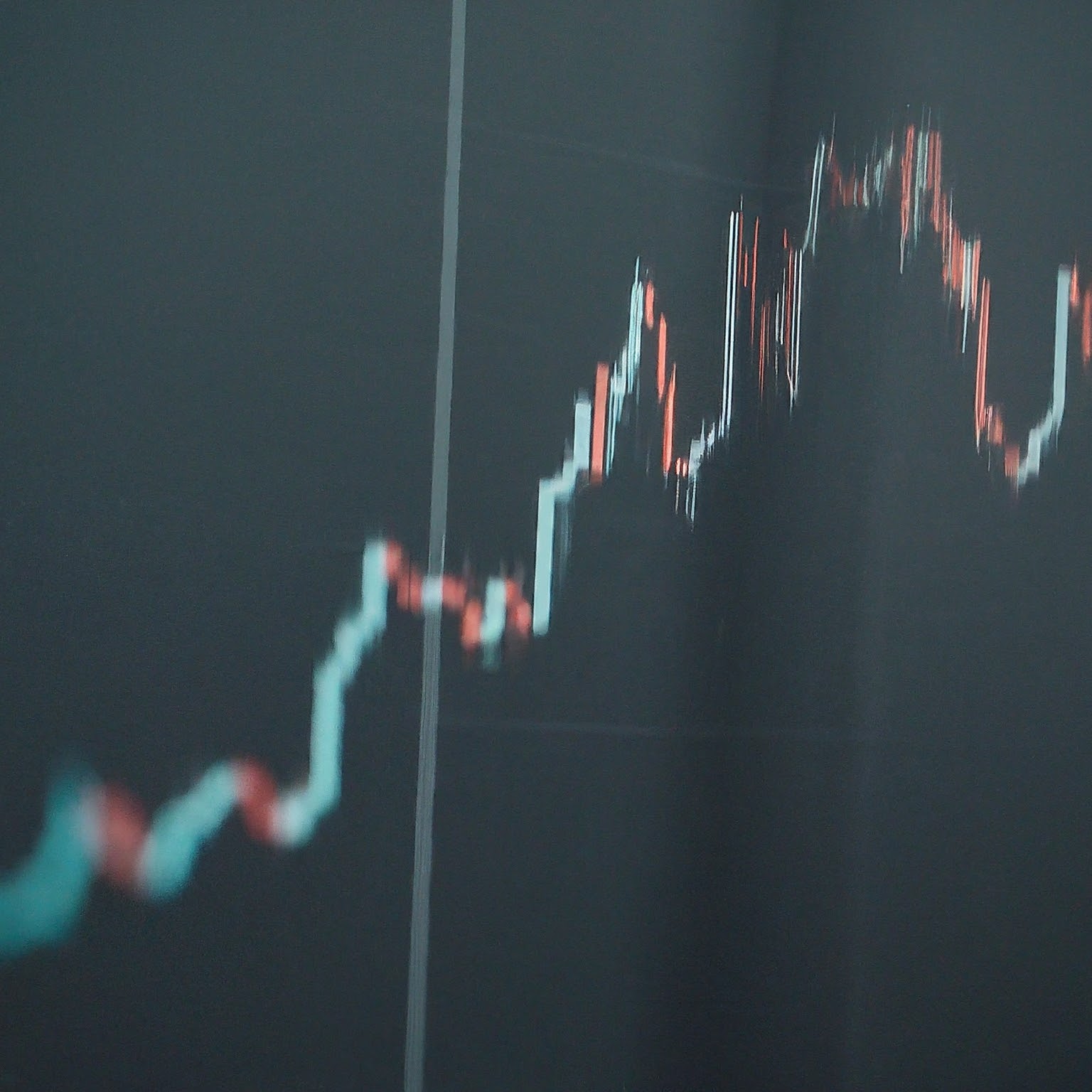In the world of dividend investing, AT&T’s stock dividend has long been a stalwart, attracting income-seeking investors with its consistent payouts and relatively high yield. However, recent changes in the company’s business landscape and dividend policy have sparked discussions and debates about the future of AT&T’s stock dividend. In this exclusive article, we will embark on a comprehensive journey to explore the ins and outs of AT&T’s stock dividend, examining its history, current status, factors influencing its sustainability, and potential future prospects.

The Legacy of AT&T’s Dividend
AT&T, a telecommunications behemoth with a rich history spanning over a century, has a long-standing tradition of rewarding its shareholders with dividends. For decades, the company has maintained a reputation as a “dividend aristocrat,” consistently increasing its dividend payout for 35 consecutive years. This track record made AT&T’s stock dividend a favorite among income investors seeking stability and growing income streams.
The Current State of AT&T’s Dividend
As of August 30, 2024, AT&T’s quarterly dividend stands at $0.2775 per share, translating to an annual dividend of $1.11 per share. This represents a dividend yield of approximately 5.63%, which is significantly higher than the average dividend yield of the S&P 500.
However, it’s important to note that AT&T recently underwent a significant transformation, spinning off its WarnerMedia division and merging it with Discovery to create Warner Bros. Discovery. This strategic move led to a reduction in AT&T’s dividend payout, aiming to prioritize debt reduction and reinvestment in its core telecommunications business.
Factors Influencing AT&T’s Stock Dividend Sustainability
Several factors play a crucial role in determining the sustainability of AT&T’s stock dividend in the long run.
3.1 Financial Performance
AT&T’s financial performance, particularly its free cash flow generation, is a critical factor in sustaining its dividend. The company’s ability to generate sufficient cash flow to cover its dividend payments while also investing in growth initiatives and reducing debt is essential for maintaining its dividend policy.
3.2 Debt Levels
AT&T’s high debt levels have been a concern for investors in recent years. The company has been actively working to reduce its debt burden following the WarnerMedia spin-off. A successful deleveraging strategy will improve AT&T’s financial flexibility and support its dividend payments.
3.3 Competitive Landscape
The telecommunications industry is highly competitive, with constant technological advancements and evolving consumer demands. AT&T’s ability to maintain its market share and profitability in the face of competition will impact its capacity to sustain its dividend.
3.4 Regulatory Environment
The regulatory environment in the telecommunications industry can also influence AT&T’s dividend policy. Changes in regulations or potential antitrust actions could impact the company’s profitability and its ability to generate sufficient cash flow for dividends.
Future Prospects of AT&T’s Stock Dividend
While the recent dividend cut has disappointed some investors, AT&T remains committed to its dividend policy. The company aims to maintain a competitive dividend payout while prioritizing debt reduction and investing in growth opportunities.
The future of AT&T’s stock dividend will largely depend on its ability to execute its strategic initiatives successfully, improve its financial performance, and navigate the challenges of the competitive telecommunications landscape.
If AT&T can achieve sustainable growth, reduce its debt burden, and generate robust cash flow, it’s likely that the dividend will remain an attractive feature for income-seeking investors. However, if the company faces headwinds in its business or struggles to manage its debt, the dividend could come under pressure.

Conclusion
AT&T’s stock dividend has long been a cornerstone of its appeal to investors, offering a consistent and attractive income stream. While the recent dividend cut has raised concerns about its future, the company remains committed to its dividend policy and aims to maintain a competitive payout.
لا تعليق